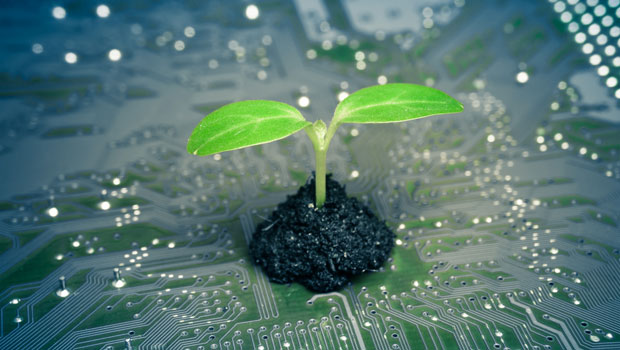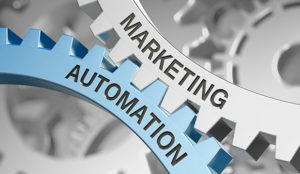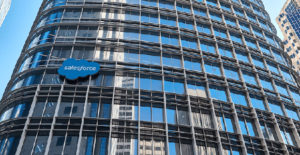Salesforce continues to offer new products in an expanding demonstration of its platform’s relevance to business and society at large.
Lately they’ve focused on the COVID-19 crisis with products like the recently introduced Salesforce Anywhere, which helps businesses better organize their suddenly far flung affairs resulting from people working remotely. They’ve also introduced Work.com, a package specifically oriented toward reopening in these times and new modes of work.
Both packages leverage off-the-shelf components re-assembled to do new things, and both lean on analytics as the glue that holds things together.
But if you also remember a pre-COVID world and lust to get back to it, you might also recall that it has its own set of challenges that threaten humanity, for instance, the climate crisis. They have a package for that too — Salesforce Sustainability Cloud — and it’s again based on their platform.
One thing that I hope comes out of this crisis is the acceptance of platform as the foundation of all things business-app related, and this doesn’t stop with Salesforce. Although they’ve done the most to bang the platform drum, there are many other credible platforms out there too. For instance, Oracle and Zoho — and both have announcements in the wings.
Carbon Accounting
To understand the Sustainability Cloud, it’s first helpful to understand what part of sustainability Salesforce has bitten off, because it’s a big topic.
As one who has spent years understanding and writing on the issue, it’s fair to say that it’s a big, even massive, subject; and a first attempt to build an app isn’t going to solve all problems.
Sustainability Cloud is best understood as a carbon accounting solution that enables organizations to more quickly audit their carbon emissions and take action in that area.
This covers a lot; from an organization’s travel and transport to its raw materials use, and the package helps a business quickly account for its intake of carbon and its disposition. Miles flown and driven, electricity consumed and its generation sources, and raw materials such as resins and fuels used in production are all easily accounted for and converted into emissions by the system.
With this basic information, employees can perform analyses and executives can take appropriate actions about consumption or even determine when to purchase offsets from the marketplace.
They can also report to customers, investors and regulators on their sustainability efforts. Most importantly, with Sustainability Cloud users can begin to extrapolate future use and the benefits they can achieve from switching to cleaner power sources — something that requires little in the way of infrastructure change and costs.
That’s a lot (and not nearly enough frankly) but importantly it is a start, especially because it gives people visibility into processes that many organizations rarely think about because they lack the basic information.
There’s more to do and the company is taking input from its customers and partners to build the system to the next level. For example, as important as carbon tracking is, that activity is still playing climate defense. We live in a world where there’s already too much carbon in the environment, so efforts to slow the emissions process is not likely to score many touchdowns, and we need touchdowns.
Measure for the Future
There’s an old Peter Drucker business maxim that says, “you can’t manage what you can’t measure.” If you can measure your carbon footprint you can do something about it. You can take responsibility for it and buy offsets or plan a transition from higher to lower carbon processes, and even wean your business off carbon all together.
From my research, I’d say we’re going to be enmeshed in a carbon economy for many decades. I see no credible alternative to carbon-fueled air travel and the myriad uses of fossil fuels in defense. Fossil fuels also double as raw materials for advanced materials, pharmaceuticals, paints, varnishes, resins and more. With all this we need ways to accurately calculate and bring online carbon sinks to keep the problem from getting worse, or even reverse some of the damage already done.
At the same time, there’s also the very real issue of carbon depletion, running out of raw fossil fuels in the ground. So, the trick for the planet’s future is not just to emit less but also to conserve what we have. Carbon accounting is a key part of both. The first iteration of Sustainability Cloud might seem unsubstantial, but it is situated at the crossroads of much that comes next in the quest to fix the climate.
At some point we’ll also need apps that tell us what’s left in the ground, how best to use it, and how to substitute alternatives. The Salesforce Sustainability Cloud is a good start for all of that, especially since it’s based on a platform and includes powerful analytics.
If Drucker was alive today, he might say that if you can imagine a technology solution, you can build it, and that’s a good place to be.


























































